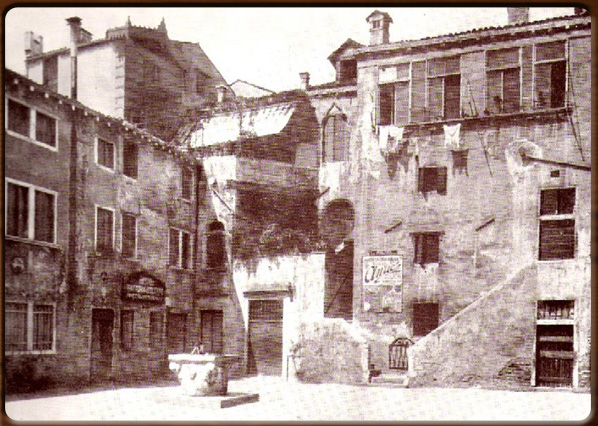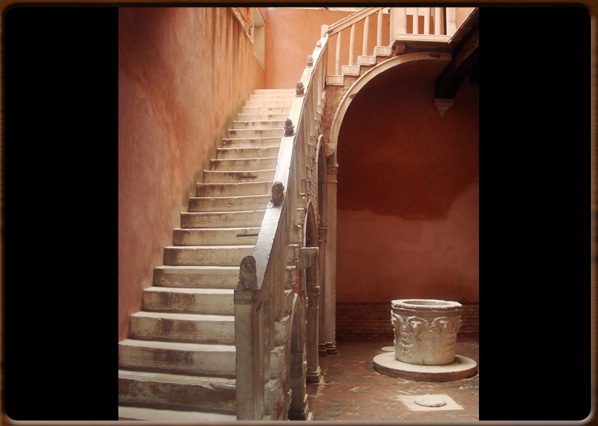
Portrait of Carlo Goldoni. Scala Museum

San Luca Theatre

The Goldoni House Museum

Monument dedicated to Carlo Goldoni in Campo San Bartolomio




No video
Carlo Goldoni (Venice, 1707 – Paris, 1793) is the most famous of Venice’s librettists and playwrights.
Belonging to a well-off family, Goldoni graduated in law in Padua in 1731.
In 1734 he moved to Milan, where he started to write comic and tragicomic intermezzi.
His first comedy Momolo Cortesan was staged in 1738 and is significant for his abandoning of improvisation in the Commedia dell’Arte.
In 1747, having met Gerolamo Medebach, the head of an important company of actors in Venice, he started working with him, leading to many comedies over the course of the next six years. These included La vedova scaltra (The Shrewd Widow), Il cavaliere e la dama (The Gentleman and the Lady), Il bugiardo (The Liar), and La locandiera (The Innkeeper Woman). He then worked for the Teatro Comico di San Luca, staging various masterpieces, such as Il campiello (The Little Square), I rusteghi (The Rude Men), La trilogia della villeggiatura (The Vacation Trilogy) and Le baruffe chiozzotte (The Chioggia Scuffles).
In 1762 he moved to Paris, where he was much respected by Voltaire. It was here that he wrote his Mémoires, published in 1787. He died six years later virtually in poverty.
Thanks to his refined genius and great common sense, Goldoni introduced various innovations: he gradually eliminated the fantastic and incredible aspects of theatre (masks, jokes and slaves), replacing improvisation with precise scripts for actors.
Goldoni’s characters gradually become more and more realistic over the years. However, to avoid compromising his relations with the elite in Venice and censorship, in some comedies Goldoni was forced to turn the nobles he wanted to ridicule into Tuscans or Neapolitans. He respected the Aristotelian rules concerning timing and action, thus ensuring that his plays took place in the same place and on just one day and that there were no parallel stories to obscure the main plot.
Goldoni wrote in the Venetian dialect, a mix of the erudite language spoken by the nobility and the lively and spontaneous vernacular.
1600 - 1700 - - rev. 0.1.5